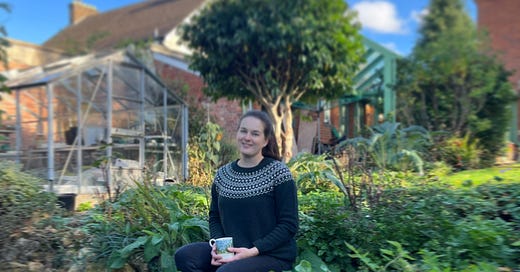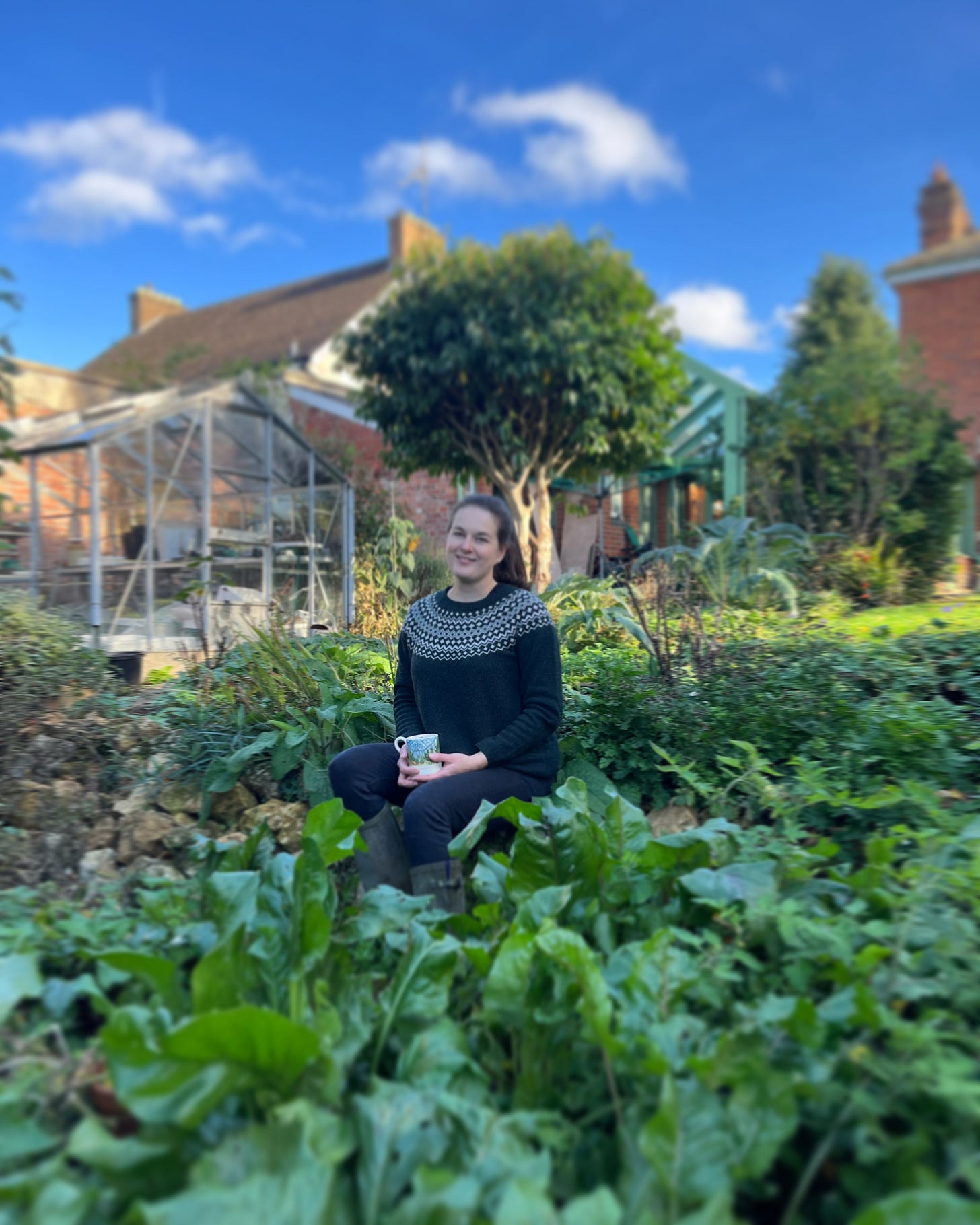Around a year ago, I started to grow my own food. It was an ambition I’d had for years, motivated by being able to access my own source of fresh, nutritious and sometimes hard-to-find ingredients on demand.
I have moved around a fair bit of late, and I have grown several plants in pots for a few years - mainly fruit trees and herbs - so that I could take them with me when I moved on. Keen to learn more though, I started my first No Dig beds this year, which have been more successful than I dared imagine.
First of all, I wondered if it would be worth the effort, given that I am currently living in temporary circumstances. We have sold our house, and are looking for somewhere new to go at the moment. (We turned our cars into mobile arboreta, taking our fruit frees when we moved!). Happily though, the time invested in building and establishing the bed has been pretty manageable. Set aside a weekend, with the materials already prepared, and with a little bit of energy and elbow grease, you should be up and running at the end of it.
I chose to follow the No Dig method as, to me, it just made sense. It is supposed to be an easy and low-maintenance way to grow, suitable for poor soil conditions (we are on clay at present), inexpensive to get started, and reputedly yields productive results. I certainly believe it delivers all of this, with the added benefit of caring for soil health and structure and releasing less carbon from the soil with a minimum till approach.
Before building the No Dig bed, I wanted to seek advice. I went to Stephanie Hafferty, a leading expert on the subject, and found her advice very useful. I recommend consulting her books for full guidance on what to do.
We prepared the materials we’d need to get started. Lots of cardboard was required, so we saved boxes from deliveries for some time, removing all of the tape and labels first. We also gathered together as much compost as we could. We did have compost bays in place already, and decided to use all of our own compost. This is not an option for everyone, I know. If you need to source compost, make sure you get plenty in, so you can put a generous layer on the bed to get started. If you have any left over, you’ll need it sooner or later to mulch. Dalefoot have been recommended to me as a great source of organic compost. You may be able to beg, borrow or buy from someone nearby. Some councils sell compost too, and you can buy it from them. We chose not to do this, as we wanted to be sure that we were not inadvertently adding any nasties to the bed, but that’s a personal choice.
Equipment wise, we needed some long canes, trowels, forks and spades, a reciprocating hoe and some trugs for lugging around compost. Good gloves are a wise investment. We later required secateurs and gardening baskets to harvest the bounty. All in all, it wasn't a great investment, and we tried to buy nice pieces of equipment that should last. Buy it once, buy it well, is my motto.
Another great find has been some daleks for creating compost. We bought four very large ones, which we are using to fill to generate more compost for mulching, and dealing with our waste from the kitchen and bed. We bought them for around 75% less than the RRP from our local council website (Vale of White Horse, Oxfordshire), so do see if you can take advantage of a similar offer.
In terms of sewing seeds, I was keen to buy heritage varieties, to try and grow useful and varied varieties of vegetables. I chose varieties that I particularly like to eat, and buy regularly.
I’ve had great success with kales, beans, chard, courgettes and beetroot. I also grow a large quantity of interesting cut and come again salad leaves and lettuces.
I recommend looking at the following suppliers for seeds and plants:
Franchi Seeds - for heritage vegetables
RHS - I had some great runner beans from them this year
Chiltern Seeds - for salad leaves
Frank P Matthews for amazing fruit trees - amazing service, too
Our first bed is around 4m x 10m, and we are working on a second for this year. Having made raised beds (with solid oak) in our last house, I really can’t recommend this method enough. It’s so much easier and cheaper to set up, and genuinely works fantastically well, even for novices, like me.




